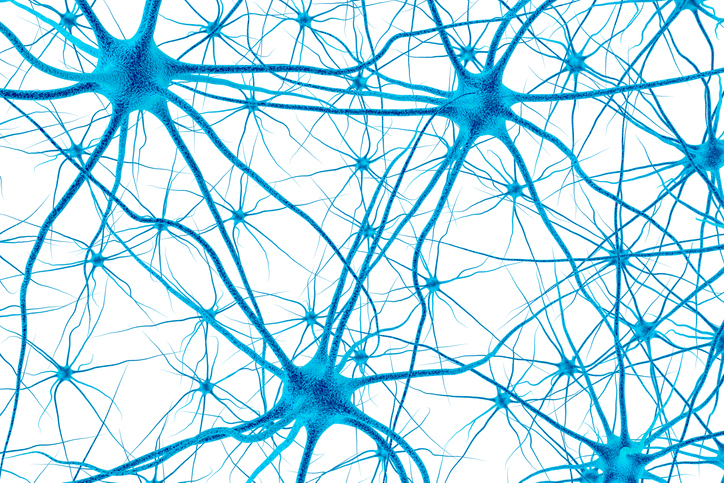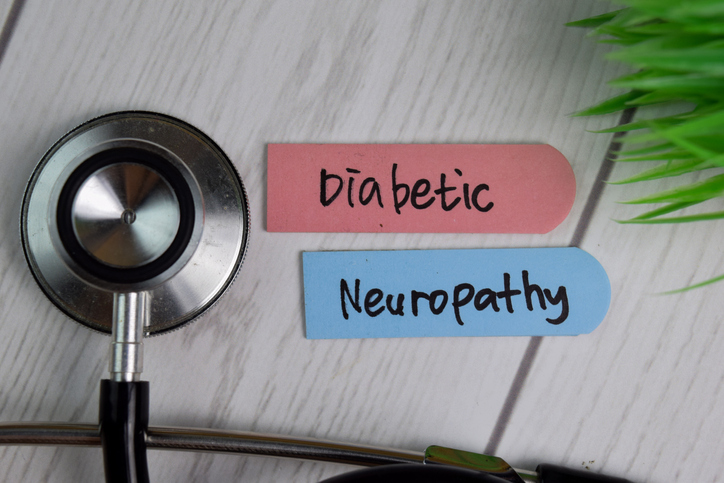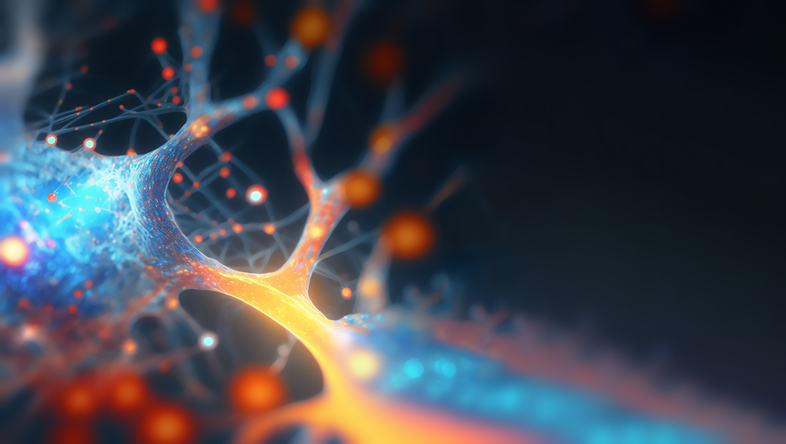Pain
The Difference Between Nerve Pain and Muscle Pain

What is nerve pain?
Neuropathy or nerve pain involves damage or dysfunction of one or more nerves. It is often classified based on the type or location of the affected nerves. Neuropathy can present in three ways: signals failing to be sent, signals being sent when they should not be, and distortion in messages being sent. Nerve pain can occur for various reasons, including, but not limited to, infections, diabetes, vitamin deficiencies, autoimmune disorders, medications, vascular conditions, exposure to toxins, and inherited conditions.
What is muscle pain?
Myalgia, or muscle pain, is a painful sensation involving muscle tissue. It typically lasts a short time and can be caused by overuse, injury, infection, a reaction to medication, metabolic disorders, or other diseases.
Telling the Difference
It can sometimes be challenging to distinguish between the two types of pain. Here are some clues to help identify which type of pain is being experienced:
Signs the pain may be nerve pain
- Burning, stabbing, or sharp pain
- Numbness, tingling, or pins and needles sensation
- Paralysis
- Muscle weakness
- Unaffected or made worse by stretches
- Radiates to other areas
- Does not improve in a few days
Signs the pain may be muscle pain:
- Stiff, sore, or tight sensation
- Dull pain
- Includes pain around joints
- Muscle cramps or spasms
- Worsens when using a specific muscle
- Improves within a few days
- It feels better with light stretching after some rest
Additional Source Today















